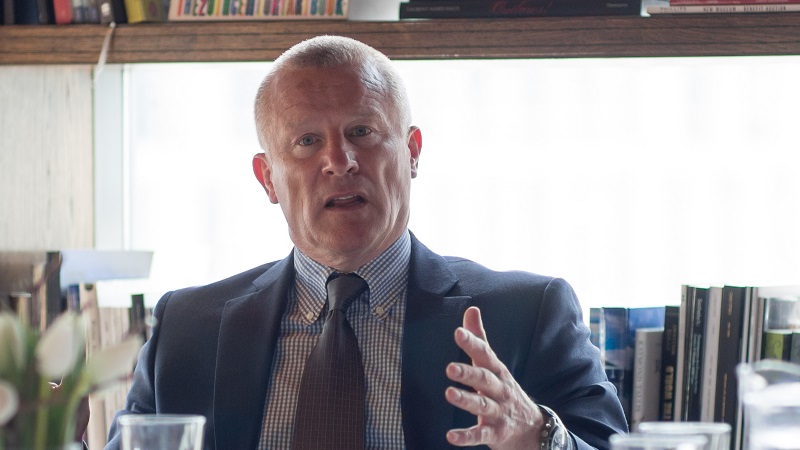Link Fund Solutions’ decision to boot Neil Woodford off his equity income fund may have been made too early to allow the fallen manager a chance to redeem himself and at the cost of £1bn to investors trapped in the fund, according to reports.
Link decided to freeze the fund on 3 June 2019, trapping £3.7bn worth of funds, before closing the fund for good on 14 October, despite initially telling investors the fund would re-open in December 2019.
At the time, staff at Woodford Investment Management (WIM) reportedly expected the suspended Equity Income Fund to reopen on schedule in December with £1bn of investor money sticking with the fund manager despite his poor performance and liquidity troubles repeatedly making headlines.
Link then appointed Blackrock to sell off the liquid part of the portfolio and PJT Partners to dispose of more illiquid names.
Link says Tony Stenning hire ‘in no way’ linked to Blackrock mandate
According to The Sunday Times, Tony Stenning, a former managing director at Blackrock who left the firm in December 2016, sent an email from a private address to Link chief executive Karl Midl addressing the Woodford fund. It was dated 2 July 2019 – 30 days after the fund was frozen.
Stenning was then appointed as independent non-executive director and board chairman at Link in November 2019 – one month after the fund was closed down.
But Link said in a statement the appointment of Stenning was “in no way” linked to its decision to appoint Blackrock as transition manager for the fund. It said the email was in the context of simply providing a contact at Blackrock on the Link board’s request.
“Tony has three decades of experience within the industry and deep knowledge of the requirements and responsibilities of an AFM/AIFM. Regarding Blackrock, he left the firm in December 2016,” it said. “The decision almost three years later to appoint Blackrock as the transition manager of the EIF was, as LFS explained to investors, due to its transition and investment management, trading and capital markets expertise and experience.”
Woodford was reportedly making progress with selling assets
Link said it spoke with a number of fund managers and industry specialists before deciding Woodford’s fate. First, to independently assess whether the plans for the fund, including those produced by WIM, were realistic and achievable; and second, because it was “alive to the risk” that WIM may have become unable or unwilling to continue to manage the fund.
Yet sources told The Sunday Times that Woodford was making progress in de-risking the fund before being axed. It is understood he had created a presentation to show progress in reducing the illiquid assets but was fired before he could present it.
The presentation, part of which was seen by The Sunday Times, showed that on 11 October, three days before Link fired Woodford, the portfolio had 23.2% in illiquid stocks compared with 33% disclosed to MPs in June. It had 61.7% in liquid assets compared with 37% previously.
But Link said the presentation contained no new information and after being reviewed by third party experts it was decided the course of action proposed within the presentation was not realistic or achievable. As such, it would not enable the fund to be re-opened or protect investors and was therefore not in the best interests of the investors, Link said.
Link concludes winding up fund was in investors’ best interests
It added it had considered other options prior to winding up the fund, including extending the period of suspension and merging the fund with another fund, but concluded neither option would be in the best interests of investors or were not viable.
Link said it was in close discussion throughout with the FCA and the decision to wind-up was also subject to due diligence required by Northern Trust, the fund’s depositary.
It accepted progress had been made in relation to repositioning the portfolio, but “it was not sufficient to allow reasonable certainty as to when the repositioning would be fully achieved and the fund could be re-opened”.
It said an orderly winding up the fund would allow for the return of money to investors through interim payments more quickly than if the fund had remained suspended for a longer period.










